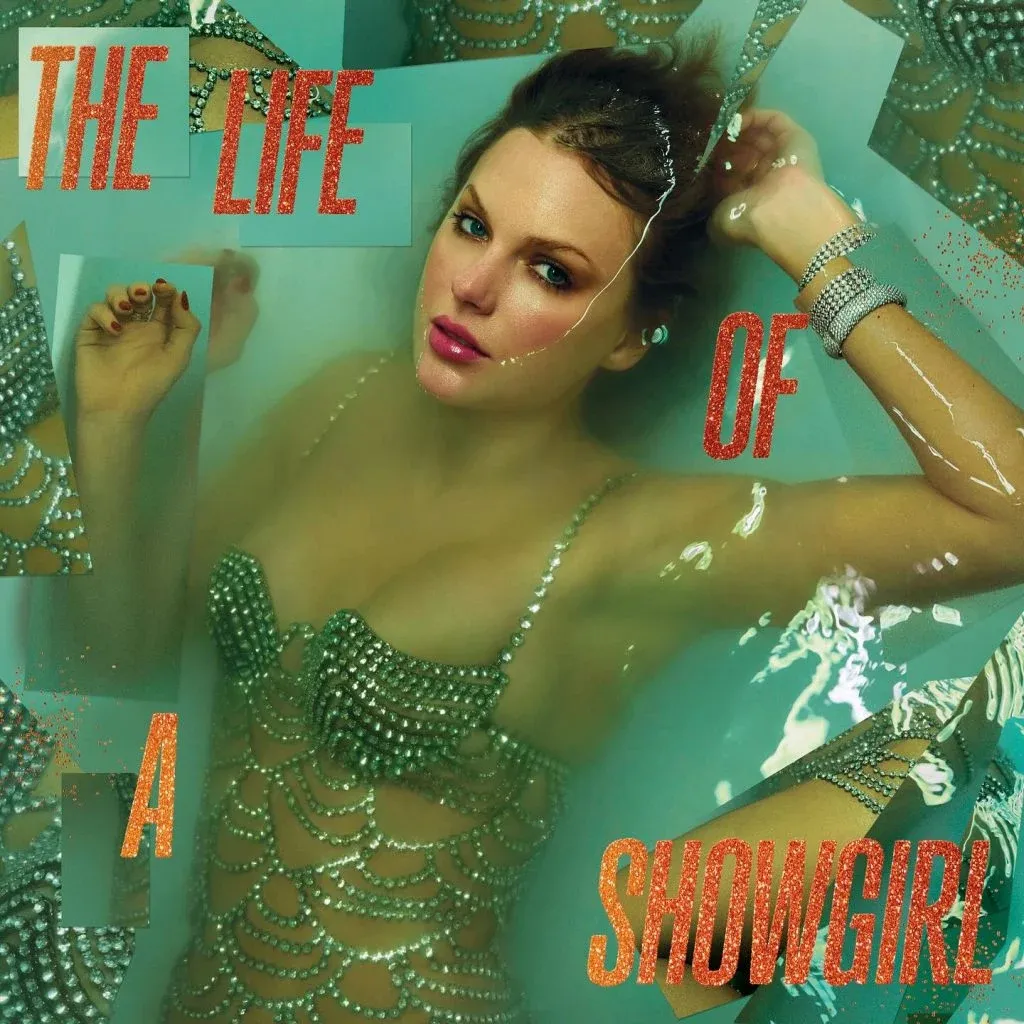Taylor Swift’s newly released album The Life of a Showgirl features a song that draws on a familiar yet tragic narrative taken up by artists and writers alike across time.
The first track on the record, titled “The Fate of Ophelia,” refers the character who meets a tragic end in William Shakespeare’s play Hamlet. In the play, Hamlet accidentally kills Ophelia’s father, causing her to break up with her lover. She becomes so consumed by grief that she ultimately drowns herself.
The narrative has not only inspired Swift, but countless others since it was originally published in 1623. One such example is John Everett Millais’s painting Ophelia (1851–52), which depicts the titular character singing in the moments before she dies in a country stream. The Pre-Raphaelite masterpiece offers a layered and romanticized view of female suffering, with each flower connected to a particular virtue in the Victorian era.
The Tate, which owns the painting and shows it regularly at Tate Britain in London, posted the painting this week to discuss what the museum network described as “the true Fate of Ophelia”: the death of its model, the artist Elizabeth Siddal, in 1862 following a laudanum overdose. (Suicide was illegal when Siddal died, and the circumstances of her death are still debated.)
Swift’s album cover, which similarly shows the pop sensation floating with her head just above water, has drawn comparisons to the Millais painting.
For her part, however, Swift has reclaimed the narrative of Ophelia in light of her so far successful relationship with her now-fiancé, the American football player Travis Kelce.
In the upbeat pop song, the singer offers in the first verse, “And if you’d never come for me / I might’ve drowned in the melancholy,” not unlike the Shakespearean character.
In the chorus, Swift subsequently croons “Late one night / You dug me out of my grave / And saved my heart from the fate of Ophelia.” Later rewriting a happy ending the character herself never received, Swift sings, “It’s about to be the sleepless night you’ve been dreaming of / The fate of Ophelia”.
In the second verse, Swift offers further backstory on the character who eluded love before referencing her own turbulent dating history prior to her relationship with Kelce. In the end, Swift says that, because she found love with Kelce, she will not die as Ophelia did: “The fate of Ophelia / It’s locked inside my memory / And only you possess the key / No longer drowning and deceived / All because you came for me.”
The twist in “The Fate of Ophelia” recalls a similar reclamation in Swift’s 2008 track “Love Story,” which turns another Shakespeare tragedy—Romeo and Juliet in that case—on its head.
